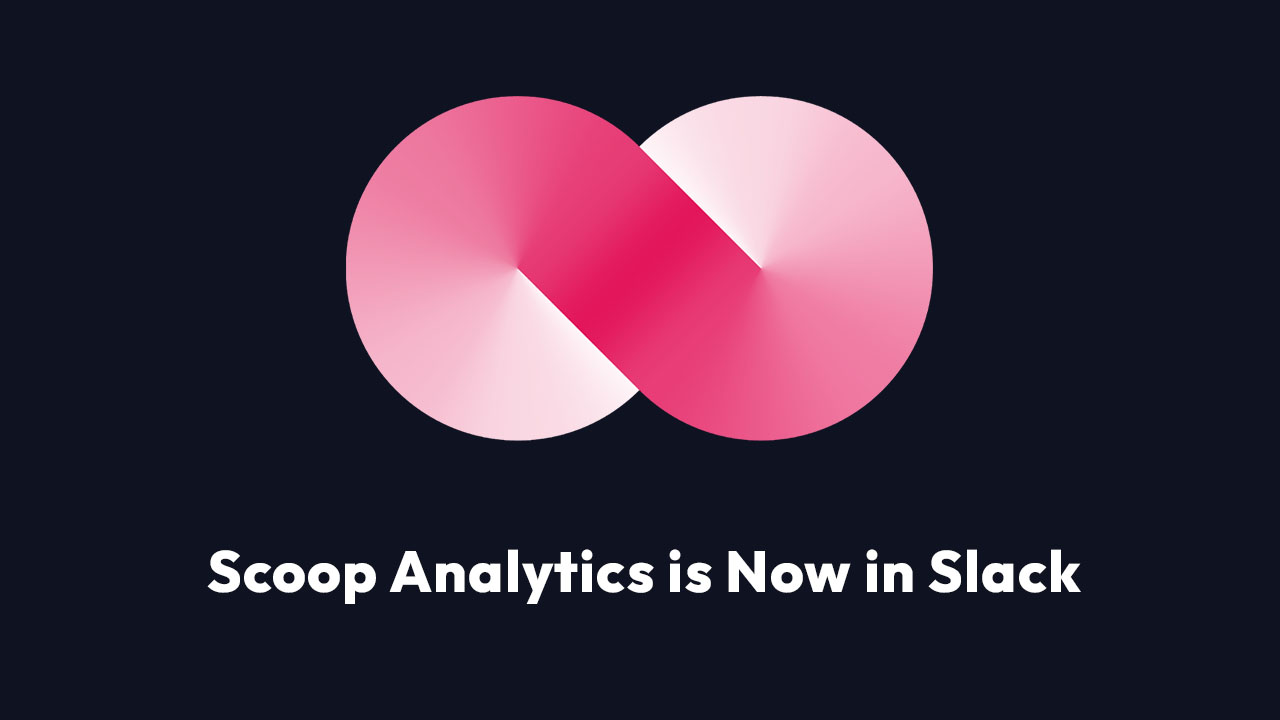How to Analyze Your Data and Make Better Decisions
Data analytics is no longer a luxury—it’s the engine behind nearly every successful business decision today. It turns raw numbers into strategy, intuition into evidence, and guesswork into precision. So how is data analysis changing businesses? In short, it’s making them smarter, faster, and infinitely more adaptable.
We’ve seen this firsthand: companies that once relied on instinct are now thriving because they’ve learned how to analyze their data—and use it to predict what customers want before the customers even say it.
Let’s explore what that transformation looks like in practice.
What Does Data Analysis Really Mean for Business Leaders?
At its core, data analysis means systematically examining information—sales figures, website traffic, employee performance—to uncover patterns, insights, and opportunities. It answers a deceptively simple question: What’s really happening in my business—and why?
When you know how data can be analysed, you can do more than report on the past—you can forecast the future.
For example:
- Retailers use historical purchase data to predict what products will sell next season.
- Manufacturers use sensor data to anticipate machine failures before they happen.
- Marketing teams track customer behavior to personalize offers in real time.
The result? Efficiency, precision, and proactive strategy rather than reactive firefighting.
How Is Data Analysis Revolutionizing Business Decision-Making?
1. From Gut Feel to Evidence-Based Strategy
Let’s be honest—most business decisions used to be made on gut instinct. But data has changed that. Today, analytics empowers leaders to base choices on facts, not feelings.
Consider how Starbucks uses location data. Before opening a new store, they analyze traffic patterns, demographics, and competitor presence. The result: fewer missteps and higher profitability from day one.
That’s the power of knowing how to analyze your data effectively. You can simulate scenarios, test hypotheses, and measure ROI before you commit resources.
2. Predicting the Future with Precision
Predictive analytics turns hindsight into foresight. It answers questions like: Which customers are most likely to churn? Which products will underperform?
Take UPS, for instance. Their ORION system analyzes billions of data points daily—weather, traffic, driver routes—to save millions of gallons of fuel annually. That’s data-driven efficiency at scale.
If you’ve ever wondered how can data be analysed to anticipate outcomes, the answer lies in combining historical trends with machine learning models. These models identify patterns humans can’t see—and turn them into actionable predictions.
3. Transforming the Customer Experience
Every click, purchase, and review a customer leaves behind tells a story. The question is whether your business is listening.
Netflix, Spotify, and Amazon have mastered this. They analyze behavior to deliver hyper-personalized recommendations. But even smaller companies are following suit.
For example, a regional furniture retailer might use website analytics to learn that customers abandon their carts at the shipping-cost screen. That single insight could trigger a free-delivery campaign that doubles conversions.
In essence, data analysis lets you see your customers as individuals, not statistics. And in a competitive market, personalization isn’t optional—it’s survival.
4. Optimizing Operations from the Inside Out
Efficiency isn’t just about doing things faster—it’s about doing the right things better.
Manufacturers use predictive maintenance to prevent downtime. Logistics firms optimize delivery routes in real time. HR departments identify high performers early with data-driven talent models.
One global example: General Electric’s “Digital Twin” technology. Every jet engine, wind turbine, or locomotive has a virtual replica that collects performance data in real time. Engineers can then test improvements in the virtual model before applying them to the real machine—reducing costs and downtime.
When you learn how to analyze your data operationally, you don’t just streamline processes—you unlock innovation.
5. Making Finance Smarter (and Faster)
Gone are the days when finance teams waited until month-end to spot trouble. Real-time dashboards now give CFOs instant visibility into cash flow, expenses, and risk.
With the right data analytics tools, leaders can run “what-if” scenarios—testing how a 2% pricing change could affect annual profit or how supply chain disruptions could hit margins.
The financial edge comes from combining descriptive analytics (what happened) with prescriptive analytics (what to do next). The companies that blend both are the ones turning data into money.
How to Analyze Your Data for Strategic Advantage
Knowing how to analyze your data is both an art and a science. Let’s break it down.
Step 1: Define the Business Question
Don’t start with the data. Start with a question.
Example: “Why are customer support tickets spiking this quarter?”
Without a clear question, analysis becomes noise. The best data leaders treat analytics as a detective story—follow the clues, don’t drown in them.
Step 2: Collect and Clean Your Data
This is where most organizations struggle. Data lives in silos—CRM, ERP, spreadsheets, emails. Step one in learning how is data analysis applied in business is unifying these sources.
Then comes cleaning—removing duplicates, errors, and inconsistencies. A messy dataset leads to misleading insights. As the saying goes: Garbage in, garbage out.
Step 3: Explore and Visualize
Visualization is where data becomes a story. Charts, dashboards, and heat maps reveal patterns that numbers alone can’t.
Tools like Power BI, Tableau, or Scoop Analytics make this process faster. A simple heat map can show you that 80% of sales come from just 20% of clients—or that certain regions outperform others at specific times of year.
This is how data can be analysed to guide immediate, confident action.
Step 4: Apply Predictive and Prescriptive Models
Once you understand the past, move toward predicting and prescribing the future.
Predictive models use algorithms to estimate outcomes—like customer churn or demand spikes. Prescriptive analytics goes a step further by suggesting what action to take next.
For instance:
- Predictive: “Which customers are likely to cancel?”
- Prescriptive: “What can we offer them to stay?”
These insights turn your data team from a reporting function into a strategic partner.
Step 5: Act, Measure, and Iterate
Data analysis isn’t a one-and-done project—it’s a loop. The best organizations treat insights as hypotheses to test, not conclusions to file away.
Ask yourself:
- Did our decision improve KPIs?
- What new data can we collect next?
- How can we refine the model for greater accuracy?
This continuous improvement mindset separates companies that use data as a compass from those that use it as a rearview mirror.
How Is Data Analysis Changing Leadership?
Analytics is no longer confined to the IT department. It’s reshaping how leaders think, plan, and communicate.
Data-Driven Leadership
Executives today must be fluent in data storytelling. They don’t need to code in Python—but they need to interpret dashboards, challenge assumptions, and connect metrics to mission.
A McKinsey study found that companies in the top quartile of data maturity outperform competitors by up to 85% in sales growth. The reason? Leaders who ask better data questions make better strategic bets.
Emotional Intelligence Meets Analytical Intelligence
The best leaders combine empathy with evidence. They understand that behind every data point is a person—a customer, an employee, a partner.
So while analytics informs the “what” and “how,” great leadership still decides the “why.”
Practical Applications: How Businesses Are Winning with Data
Each example illustrates the same truth: understanding how to analyze your data isn’t optional—it’s mission-critical.
FAQs: How Is Data Analysis Transforming Business?
What are the key benefits of data analysis in business?
It helps leaders make faster, smarter, and more accurate decisions. By identifying trends and predicting outcomes, companies can reduce costs, improve customer experience, and increase revenue.
How can data be analysed effectively?
Start with a clear question, clean and unify your data, visualize it for insights, and use predictive models to guide action. Always test and refine your conclusions—data analysis is iterative, not static.
How do I know if my organization is data-driven?
Ask whether major decisions rely on data or intuition. If your teams still debate opinions instead of metrics, it’s time to invest in better tools and analytics culture.
What tools should business leaders use to analyze data?
Power BI, Tableau, and Looker for visualization; SQL and Python for deeper analysis; or integrated platforms like Scoop Analytics that connect datasets and automate insights.
How is data analysis evolving with AI?
AI amplifies analytics by automating pattern detection, improving forecast accuracy, and generating natural-language insights so even non-technical users can understand complex data.
Conclusion
Every business collects data—but only a few know how to use it strategically. Learning how is data analysis applied across your operations isn’t just about dashboards and reports. It’s about clarity, foresight, and competitive edge.
The companies winning today aren’t necessarily the biggest—they’re the ones that know how to analyze their data to move faster and smarter.
So here’s your next step: Don’t just store data. Activate it. Turn it into decisions that move the needle. Because in a world driven by information, the real question isn’t if you’ll use data—it’s how well you will.








.png)